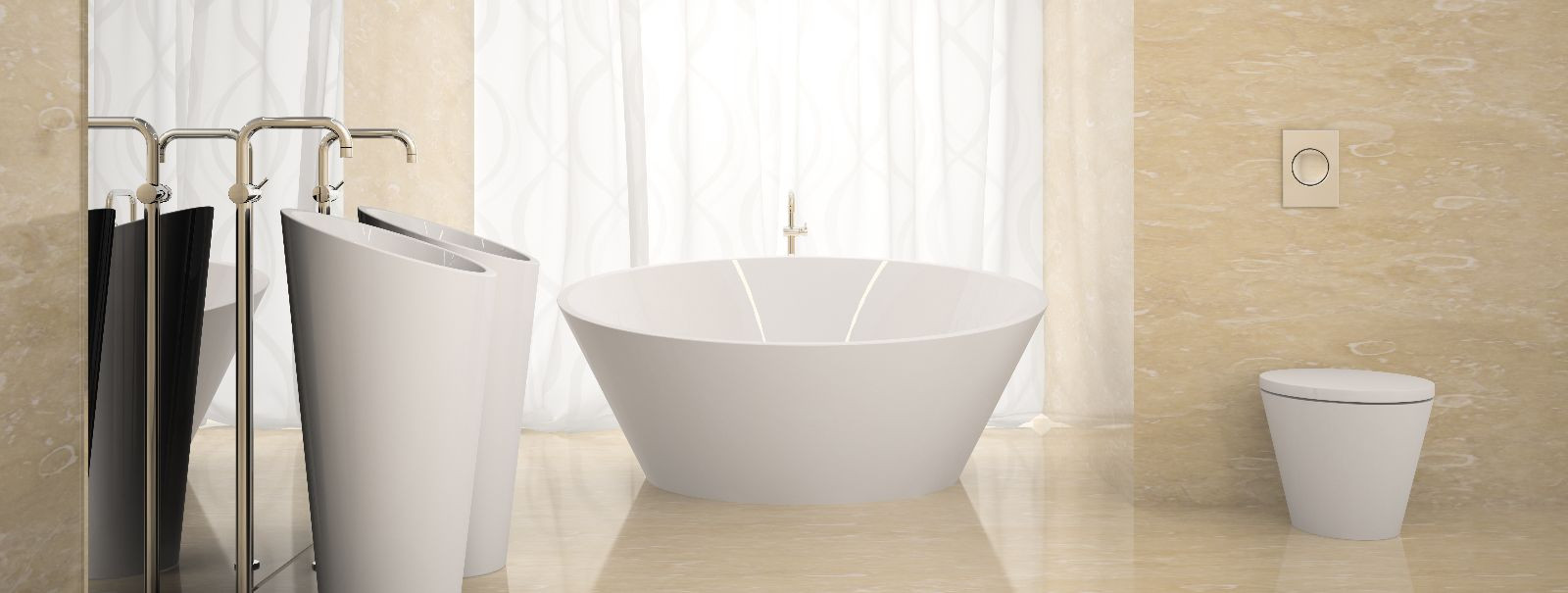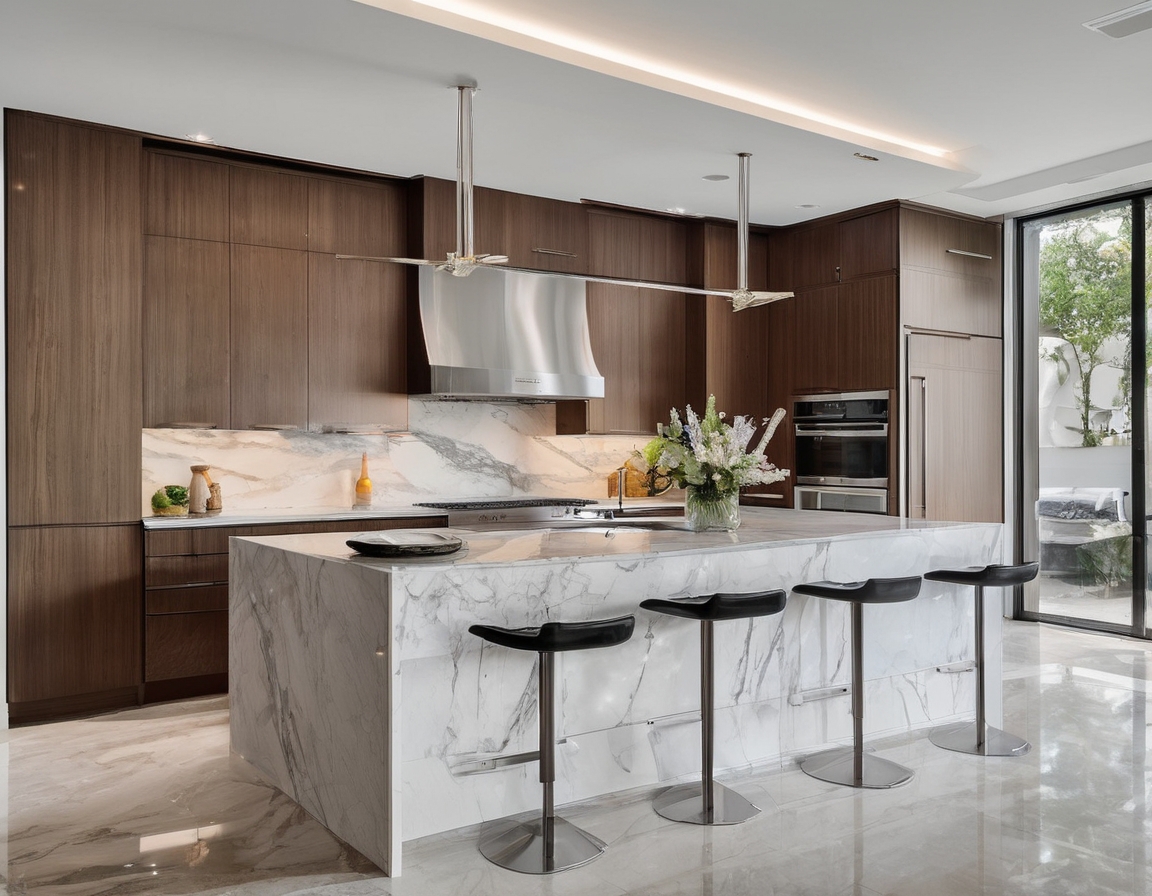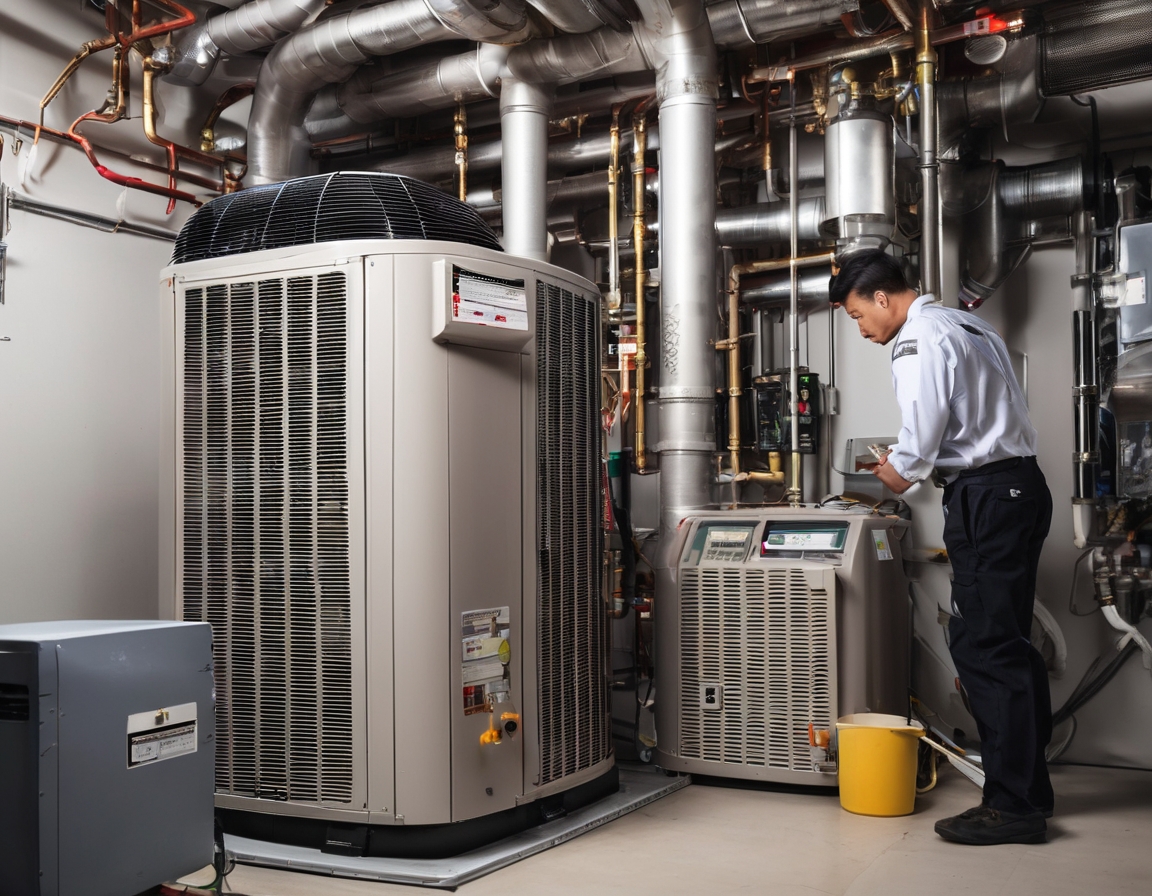The art of interior finishing: transforming spaces
Interior finishing is the final step in the construction or renovation process, where raw spaces are transformed into functional and aesthetically pleasing environments. This stage involves a variety of tasks, including painting, flooring, and the installation of fixtures and fittings. The art of interior finishing lies in the attention to detail and the ability to harmonize different elements to create a cohesive and inviting space.
The Importance of Quality Craftsmanship
Quality craftsmanship is paramount in interior finishing. It ensures that every element is installed correctly and will stand the test of time. High-quality finishes not only enhance the visual appeal of a space but also contribute to its functionality and durability. Skilled craftsmen understand the nuances of different materials and techniques, allowing them to deliver superior results that meet the expectations of discerning homeowners and businesses.
Key Elements of Interior Finishing
The treatment of walls and ceilings is a critical aspect of interior finishing. This includes plastering, painting, and wallpapering. The choice of colors and textures can significantly impact the ambiance of a room. For instance, light colors can make a space feel larger and more open, while darker shades can create a cozy and intimate atmosphere. Attention to detail in the finishing of walls and ceilings can elevate the overall aesthetic of a space.
Flooring is another essential component of interior finishing. The selection of flooring materials, such as hardwood, tile, or carpet, should align with the intended use of the space and the desired aesthetic. High-quality flooring not only enhances the beauty of a room but also provides comfort and durability. Proper installation is crucial to ensure longevity and performance.
Fixtures and fittings, including lighting, cabinetry, and hardware, play a significant role in the functionality and style of a space. These elements should be chosen with care to complement the overall design and meet the practical needs of the occupants. Quality fixtures and fittings can add a touch of luxury and sophistication to any interior.
Sustainable Practices in Interior Finishing
Sustainability is becoming increasingly important in interior finishing. Homeowners and businesses are seeking eco-friendly materials and practices that reduce environmental impact. This includes using low-VOC paints, sustainably sourced wood, and energy-efficient lighting. Sustainable interior finishing not only benefits the environment but also enhances the health and well-being of the occupants.
Long-term Value and Investment in Quality Finishes
Investing in high-quality interior finishes can provide long-term value. Superior craftsmanship and materials ensure that spaces remain beautiful and functional for years to come, reducing the need for frequent repairs or replacements. This investment can also increase the resale value of a property, making it a wise financial decision for homeowners and businesses alike.
Reliable Services for Building Register Entries
For homeowners and businesses, ensuring that all interior finishing work is properly documented and compliant with local regulations is crucial. Reliable services for building register entries provide peace of mind, ensuring that all work is up to code and officially recorded. This is an essential step in protecting the investment in interior finishing and maintaining the integrity of the property.






Comments (0)